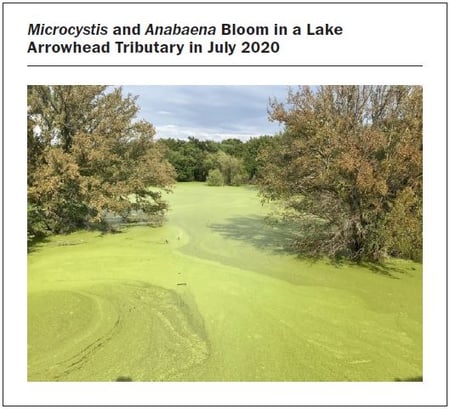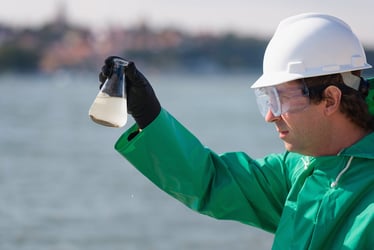 "After receiving hundreds of complaints, the City of Wichita Falls, Texas, developed a plan for monitoring harmful algal blooms to detect and mitigate taste and odor (T&O) compounds and cyanotoxins."
"After receiving hundreds of complaints, the City of Wichita Falls, Texas, developed a plan for monitoring harmful algal blooms to detect and mitigate taste and odor (T&O) compounds and cyanotoxins."
"T&O problems are not considered risks to human health, but they sometimes serve as indicators that cyanobacteria are present in sufficient quantities to create a toxin event as well. Drinking-water aesthetic quality problems can occur in many cities, and consumers often mistakenly perceive T&O as a measure of drinking water safety. T&O events can be a costly nuisance to water systems. Analytical detection of T&O compounds can be difficult because of their varying chemistry, the different required sampling techniques and source water management, and the subjectivity of methods (Nollet & De Gelder 2014)."
So begins the story of how one drinking water utility developed a multi-layered system to proactively identify cyanobacteria problems in their water supply before they grow to noticeable or harmful levels - saving themselves a lot of time and expense.
Crucial to Wichita Fall's system is the FlowCam. This "semiautomated, flow-imaging microscope can provide rapid imaging, identification, and enumeration of cyanobacteria and nuisance algae... Samples can be processed in less than 10 minutes, with cyanobacteria, diatoms, and algae automatically sorted on the basis of pigment excitation. Digital images are saved along with a comma-separated-values report of the count, concentration, and size of the organisms, enabling technicians to quickly spot known problem organisms... The result of implementation is actionable data backed by a repeatable, scalable, and user-friendly method, which helps utilities facing staff turnover or with limited microscopy and taxonomy skill sets."
Read the full story in the July/August 2021 issue of Journal AWWA.











